Exquisite decorative culture, dichondra, effectively decorate the gazebo, terrace, balcony or household plot. The long-term dichondra can be grown as an ampel or soil culture, a street or indoor flower. The popularity of the plant is due not only to spectacular and unusual appearance, but also ease of care. How to grow a dichondra? How to care for a plant? What varieties are considered the best among flowerflowers? All answers to the questions of interest are in this selection of material.
Dichondra, plant description
- Dichondra is an herbaceous evergreen perennial from the binding family.
- At the expense of long, peeling and good branched shoots, the bush of dichondra grows low (10-15 cm), but in bulk and thick.
- The length of creeping stems can reach up to 1.5 or more meters. Thanks to this feature, the flower is widely used as an ampel and soil plant.

- The genus of the perennials lined in the open ground forms a dense vegetable carpet. If the plant is grown in suspended containers - perfect ampel culture is obtained. Moreover, the dichondra, grown in the suspended porridge, are growing slower and reach no more than 1 meter.
- Numerous simple plant leaves are small (from 1 to 2.5 cm), rounded shape, dense covering shoots along the entire length. The leaflets are "coins" (as they are sometimes called) are covered with a delicate silky edge and are located on elongated stiffs. The color of the leaves, depending on the variety, varies from the SIZO-silver to the emerald green shade.
- Flowers dichondra small, unspacial, whiten or greenish yellow color. The diameter of the inflorescence does not exceed 2-3 mm, so they are practically not visible in the thick green mass of foliage. Flowers perennial throughout the summer, pollinated by insects.

- The fruit of dichondra is presented round in the form of a box with two capsules, where the seeds are ripening in a small amount.
- Root system of plants is not deep, surface occur. In addition, the perennial easily forms on the stem (in the intersals) of the so-called. Surface roots that provide rapid rooting of long shoots. This property helps to use twisted culture as an active soil industry.
- Often, the dichondra is grown as a common room plant.
Dichondra, interesting facts
- The unusual name of the flower is associated with the morphological features of the plant. Translated the word "Dichondra" denotes "two grains", which corresponds to the structure of the fetus of the perennial, forming a two-chamber capsule.
- The area of \u200b\u200bnatural growth of the genus is located in the tropical and subtropical zone, as well as in the wetlands. The plant can be found in the nature of Australia, North America, East Asia and New Zealand.
- Dichondra flower is a pretty "young" plant in cultural flower growing, every year becomes more and more popular and in demand. And in 2004, a silver medal and universal recognition of flower products were deserved at the Moscow International Exhibition.
- The heat-loving home dichondra is indoors in the room, and the terraces, arbors or balconies are decorated in warmth.
- Ampel dichondra is considered one of the most sought-after crops for gardening of diverse landscapes. In the regions with severe winters, Dichondra is grown as an annual culture, and in southern climatic zones - as a long-term. So, in the tropical forests of New Zealand, Dichondra remains green all year round.
- In some countries, for example, in Australia, the creeping form of dichondra is considered harmful weed grass and is subject to destruction.
- Growing a dichondra in Russia, it is important to provide a plant in winter in a cool room, then the perennial can be cultivated in its plot for more than one year.
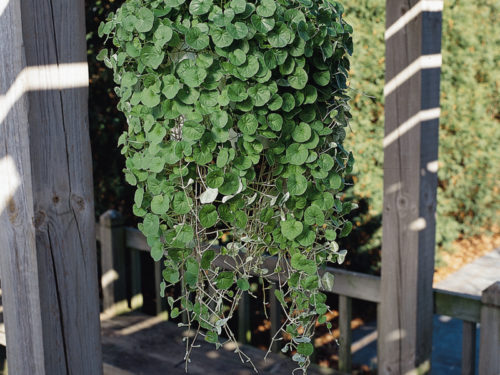
Dichondra, Application in Landscape Design
- Ampel dichondra is a magnificent decorative plant, it looks spectacular in the chest, on high flower beds or suspended pots. Then, the racing plant resembles a running stream or forms a real floral "waterfall" of green or sizogue. And when the Liana "Waterfall" reaches the Earth, they quickly root and "populate" the nearby site. So, depending on the cultivation conditions, the ampel dichondra turns into the soil plant.
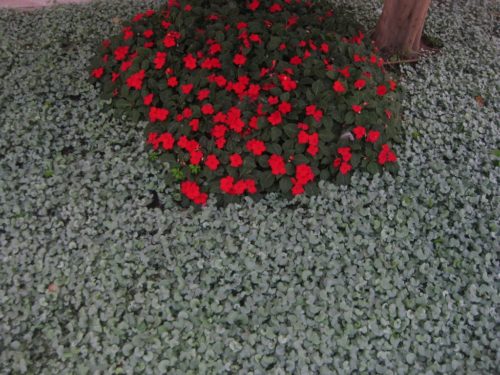
- Dichondra can land both a separate unusual "emphasis" on the site and create group compositions, including with other plants.
- Lined on a flowerbed, herbaceous plants form a dense carpet and can quickly (at the expense of surface roots) to reorganize any plot of land, fence or even a garden construction. The creation of garden sculptures based on volume landing dichondra is also practiced. For this, the framework of the sculpture is made from the wire, after which Dichondra denses it to fell it.
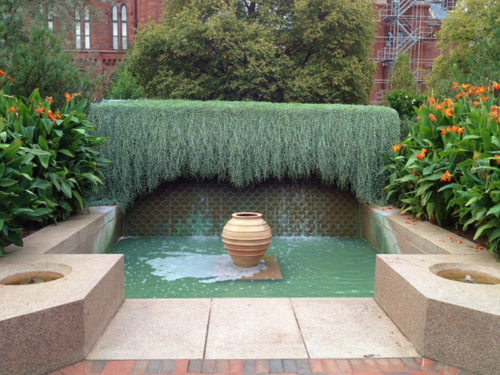
- The thick green mass of dichondra can be combined with landings of other ampel cultures: Petunia, Lobelia, Begonia, Pelargonium. Creating contrast compositions, flowerflowers skillfully emphasize the beauty of planted plants, their different color gamut and texture.

- Depending on the variety, the dichondra is planted on a sunny or privided area. So, a silver species of dichondra retains its aisoy the color of the leaves only on well-lit plots, and the emerald dichondra is allowed to be grown in the shade: under the trees or canopies of the roofs. This feature is important to consider when planning landscape design.
- In countries with a warm climate, the perennial is used as an alternative to lawn grass that does not require haircuts and resistant to pulling out. Perennial easily tolerates minor freezes (up to -3.5 0C) and grows not only in the sun, but also under the trees.
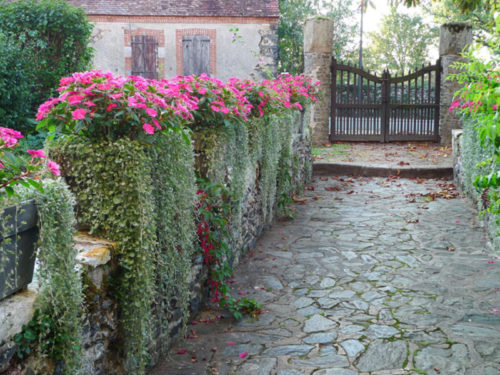
- The decorative dichondra looks interesting and unusually when it is planted along the pavement tracks, between large plates and on the Alpine stone slides.
Types and varieties of dichondra
The kind of dichondra numbers about 10 species of pops. In the culture of the most popular and well-known species, only two types of dichondra are considered.
Dichondra ampelnaya silver
- Based on the title, this type of dichondra is distinguished by beautiful, siece-silver, painting heart-shaped leaves.
- The species forms long shoots, so it is often used as a suspension container plant to decorate the veranda, arbors and garden corners. Culture of drought resistant and light-cup. In the shade loses the decorative color of foliage.
- The famous highly decorative variety Dichondra "Silver Waterfall" is distinguished by endurance, unpretentiousness and resistance to diseases.
Dichondra Ampel Creeping
- This type of dichondra is characterized by a green color of rounded leaves, the ability to grow and develop in the shade and seven.
- Thanks to the creeping strongly branched stems, the view is widely used in flower growing as an active soil plating. This species forms less long shoots and more thick "thickets" than a silver species of dichondra.
- The most demanded variety of this species dichondra is "Emerald Waterfall". The variety is mainly grown from seeds and is considered absolutely unpretentious in care.
Often in flower stores or specialized nurseries you can buy both the individual aforementioned varieties of dichondra and mixtures of these species. Mixed varieties are most popular: "Emerald in silver" and "Dichondra Emerald and Silver".
Flower reviews grown by Dichondra in their garden can be found on specialized forums or sites. But in most cases, Flora lovers are very satisfied with an unusual cascade plant.
Dichondra, cultivation conditions
- As mentioned above, Sunconium Dichondra prefers well-lit plots, although some of its varieties (in particular, the creeping look) is perfectly transferred to the shadow or half.
- The dichondra plant prefers lightweight, well-drained soils with an indicator of the pH of the medium about 7-8. By and large, the perennial is absolutely not demanding to a certain composition of the soil. But, on fertile rich soils, the culture will grow, and it is much more intense to grow, and the leaves will be larger and meaty. The optimal option for a fluttering grassy culture is good fertilized moisture lines.
- Depending on the "idea" of the gardener and the goal of growing perennial, the dichondra is planted either in the porridge, or in an open flower garden. Room dichondra grows in suspended flower pots.

- If the plant is planned to be grown in porridge, personnel or containers, then it is necessary to provide high-quality drainage.
- When landing dichondra as lawn grass, seeds are sown directly into the open soil in spring or autumn. At the same time, they support the constant humidity of the soil and periodically feed the plot of nitrogen-containing fertilizers. On 1m 2 It will take about 10 g of dichondra seeds.
- Most often at home, the dichondra is grown by a seedy method from seeds.
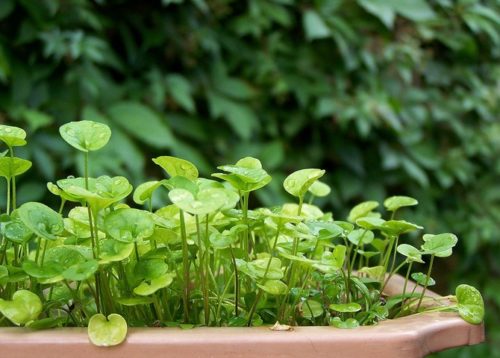
Growing dichondra from seeds
- Landing dichondra is usually carried out by seeds in the container, followed by a seedlings in a flower bed or a flower pot.
- The seedlings of Dichondra begin to sow in winter, in January-February.
- Before sowing, seeds are soaked at 12 o'clock in the growth stimulator solution. Granulated seeds are sow dry.
- Seeding Seed Dichondra is produced in a light soil substrate (with the addition of peat and sand), spilled sodium humate, which is considered an effective growth stimulator and organic fertilizer. You can also use other stimulating preparations, such as "zircon".
- Seeds are plugged into the substrate not deep, by 5-8 mm. It is advisable to take small containers for sowing seeds - individual pots, planting 2-3 seeds in each.
- Cups with seeds are covered with glass or film forming a greenhouse effect. At the same time, it is important to regularly ventilate the container or close to close, leaving a small hole for air circulation.
- In addition to ventilating, it is important to ensure regular moistening, positive air temperature (+ 20-25 0C) and scattered lighting.
- Observing the above conditions, the first shoots appear in about 7-10 days.
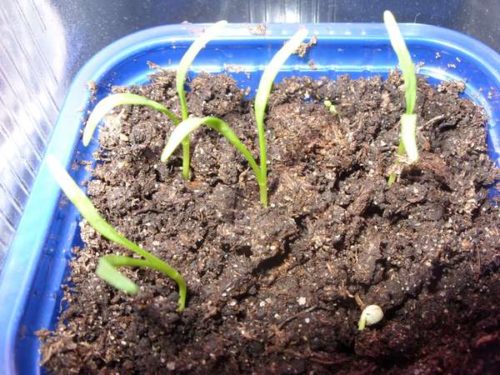
- During the formation of seedlings is undesirable both excess and lack of light. With a lack of sunlight, the seedlings of dichondra felt and stretches, when re-equipment - yellowes and "burns". Watering seedlings, it is allowed to periodically add in water in a small amount of plant growth stimulant.
- At the initial stage of the growing season, the dichondra of seed grows slowly, so the shelter (glass or film) is removed only when seedlings are fixed enough.
- As the seedlings grow, the plant is flexing to the ground so that they formed additional roots and new shoots.
- Dichondra grown from seed acquires maximum decorativeness, approximately 90-100 days.

Dichondra, landing features
- In the formation phase of 3-4 leaves, seedlings are peaked. The ampel plant is transplanted immediately to a permanent place: in a porridge or suspended pot. If it is planned to land a dichondra in open soil - seedlings are divened to a more spacious coating container.
- The flowerbed for landing dichondra is preparing in advance: the soil is drunk and smoothed, weeds are removed.
- When transplanting seedlings on the flowerbed, seedlings pre-"harde" in the fresh air. For this, the seedlings for 1-2 weeks are put on the street, gradually increasing the time of staying in the fresh air.
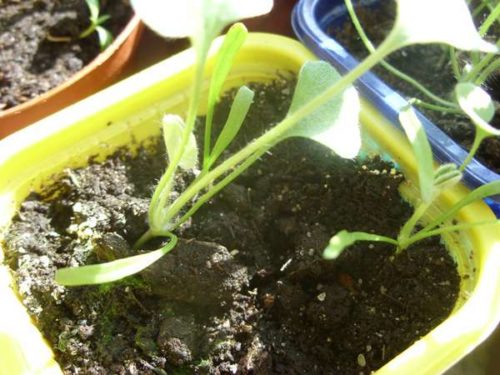
- The period, from the emergence of the first germs before disembarking seedlings in open ground, takes about 1.5-2 months.
- Looking seedlings Dichondra on the street is carried out in May-June, depending on the climate of the region. The main condition for the heat-loving tropical culture - the established warm weather ranging from +16 0C and higher. If there is a risk of the appearance of spring frosts - Kashpo with Dichondra is better to put on the house at night.
- When landing the seedlings of dichondra on the flowerbed in order to ensure a dense coating of the soil - seedlings should be planted close to each other, with an interval of no more than 15-20 cm. If the goal is to compile flower arrangements with other plants - the distance between seedlings increases twice. In the case of landing in Kashpo - seedlings are planted in several (3-4) pieces.
- Slowing off the seedlings, the shallow wells are preparing in advance to accommodate seedlings in them with an earthy room. The wells are sprinkled with soil, seal and watered with water.
Growing room dichondra
- The conditions of cultivation of dichondra at home are not much different from the street.
- Timely moderate watering, good lighting and comfortable temperature in the room - the main conditions for the successful development of perennial.
- Perfectly responds with a flower for feeding 1-2 times a month in the spring and summer period, the period of the most active vegetation of the plant.
- When the room dichondra is greatly grown in a pot - it is transplanted into a more spacious container. At the same time, the roots of the perennial becomes closely and they are visible even in the drain holes of the pot.
- When transplanting the roots, "released" into drainage holes, cut off, and the plant is neatly transplanted (along with an earthen room) to a new spacious pot. If you wish, you can rejuvenate the plant, dividing it into several parts.

Dichondra, plant care
Growing unpretentious dichondra at home does not require special efforts and special knowledge. Watering, feeding, pruning and preparation for winter - the main agrotechnical measures for the care of many years of culture. Observing the key rules of cultivation of dichondra, the plant will maintain its attractive decorativeness for at least 5-7 years.
If the plant is planted as a soil industry, as shoots grow, they are additionally sprinkled by land in several places. This technique contributes to rooting long lian and allows the plant to grow stronger in the area, evenly filling the designated area.
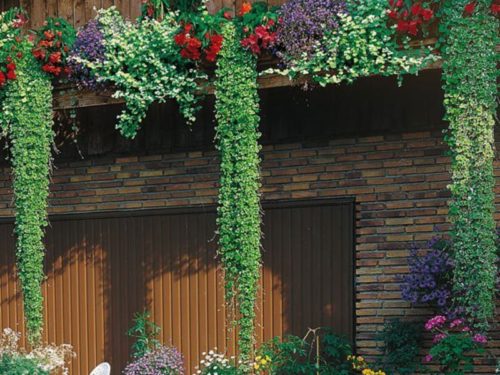
Dichondra, watering and loosening
- Watering the plant should be regularly, as the soil is drying. The drought-resistant dichondra calmly transfers short-term arid periods, but the green mass will be rich, fresh and thicker with systematic moistening of the soil.
- Watering dichondra is carried out under the root and irrigation of the green mass of perennial. The plant favorably responds to sprinkle and increased air humidity by the rapid increase in green mass. In the arid period, this procedure is recommended daily, in the morning and in the evening.
- It is impossible to allow the moistener of the soil and the stagnation of water that contributes to the rotation of the plant. In this case, it is especially important to presence in the pot of the drainage layer that does not allow moisture.
- Watering the soil view of the dichondra is better in the evening to avoid foliage burns.
- To loosen or delete weeds should be carefully, without damaging the surface root system of the plant.
Dichondra, feeding and fertilizer
- As a rule, when planting plants in the soil, fertilizers of prolonged action are made. If the nutrient complexes were not added, the dichondra needed additional feeding.
- Feed the ampel dichondra during the period of active vegetation, twice a month. In winter, when the plant is transferred to the cool room, fertilizers are stopped.
- The fertilizer uses soluble combined complexes with potassium and nitrogen content. Any fertilizers designed for deciduous plants are suitable (for example, "ideal").
- Periodically, the fertilizers used alternate with nitrogen-containing complexes (for example, "Agrikola"), allowing you to intensively "typing" the green mass.
- To avoid burns of the ground part of the plant, the bushes of dichondra after the feeder produced it is better to irrigate water.
Dichondra, Fighting pests and diseases
- Dichondra is considered sufficiently resistant to various diseases and pests, a plant. At the same time, vegetable compositions with other colors (for example, with petunias) contribute to a decrease in the protective forces of many years of dichondra.
- The only pest capable of amazing the racing herbaceous plant is nematodes. The smallest worms developing in a wet environment leads to the death of Kustikov Dichondra. When defeated by nematodes, the plants are destroyed, and the soil and adjacent copies are treated with chemicals.
- Occasionally, the attack, flew or whiteflinkle is possible on the plant. In order to avoid pests, it is necessary to comply with the rules of care: not to overload the site, do not exceed the number of nitrogen fertilizers, not to mulch the soil, and the divergent weeds can immediately destroy. When pests appear - use insecticides.
Dichondra, Crimping
- To give a perennial culture, a spectacular decorative look, dichondra bushes need to be segged and trimmed.
- Paging of shoots are carried out in the phase of development 8 leaves dichondra. This technique contributes to the enhancement of plant bushes.
- Prothesing of shoots are carried out throughout the summer, as they grow and branch. Cropped too long or knocking out of the overall composition shoots.
- As a result of regular trimming, busting, dichondra becomes the most magnificent and branches.
- The last pruning of shoots is carried out in autumn, on the eve of the preparation of the plant to winter. On average, the stalks are shortened by 7-8 cm. The resulting cuttings can be used to breed the plant.
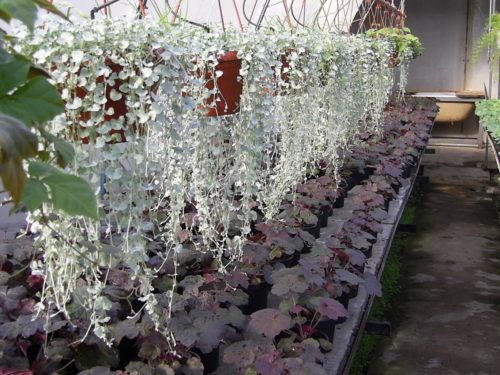
Dichondra, preparation for winter
- The thermal-loving dichondra is not able to fully winter in conditions of harsh winter, so the flower products prepare a plant for wintering in advance. Although in the regions with warm in winter, the "wintering" dichondra is practiced on a flowerbed, covering it with this layer of foliage, needles and films.
- In the fall, potted plants are cut and transferred to a cool bright room (closed loggia, veranda), and digging out of open flower beds (along with an earthen room), busting leaves to winter in the basement.
- Dichondra will be in sleeping condition until spring. During this period, the plant is not faded, and the watering is significantly reduced. The room temperature should not be descended below +10 0WITH.
- In the spring, germinating young shoots (along with root siblings) are separated from the uterine bush and planted at a permanent place as a full-fledged independent culture.
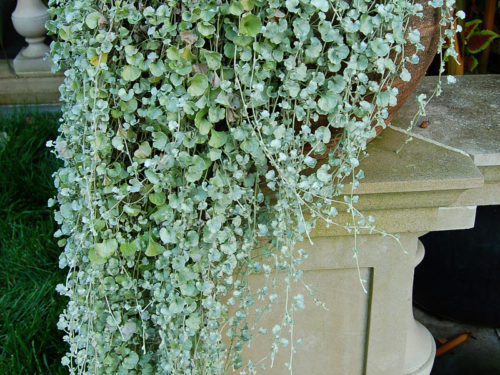
Dichondra, Methods of breeding
Dichondra is breeding in a vegetative and generative way.
- The seed method of reproduction is a long and painstaking process. It uses a disjection method of growing dichondra, followed by landing seedlings to a permanent place.
- Most often apply vegetative methods of breeding: gag and cuttings. This method allows you to most accurately preserve the parent signs of dichondra.
- Finished cuttings appear after pinching and autumn trimming of dichondra shoots. The cuttings are placed in a light wet soil substrate for rooting. At the same time, the cuttings are plugged into the ground by 2-3 cm and watered with any growth stimulant. On top of the shoots are covered with nonwoven underfloor material or plastic bottle (glass jar). The tanks with shoots are placed in a warm and bright place, for example, on the windowsill. With the emergence of new kidneys, the shelter (bank, film) is cleaned. In the spring, grown and rooted cuttings are transplanted to a new place.
- Reproduction with letters is a simple and effective way of reproduction of dichondra. Thanks to surface roces, cut chains are easily taken out in a new place. To do this, it is enough to press the grooves in several places (in interstitial) to wet land, after which new roots will develop in these places. After 1-2 weeks, roots appear, and a month later, the rooted tanks can be separated from the bush and plant separately.

Thus, landing and care for dichondra is not special difficulties. The sun and the moisture-loving plant needs minimal attention. The main condition for our latitude is to provide a thermal-loving culture with the right wintering.
An unusual spectacular plant, dichondra, is becoming increasingly popular and in demand among amateur flower and landscape designers.

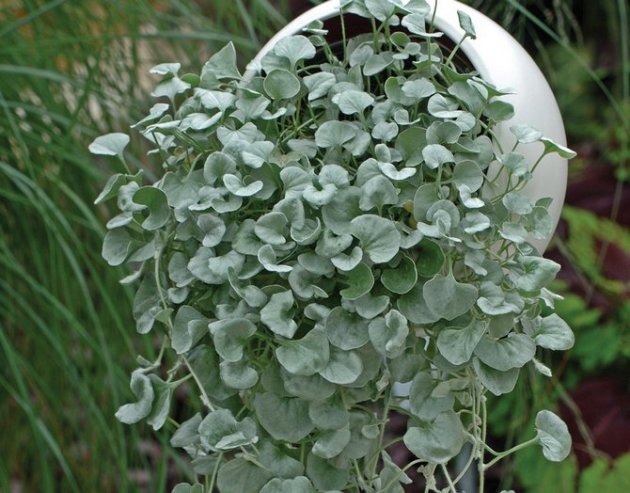
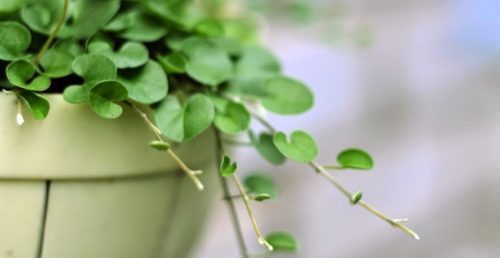
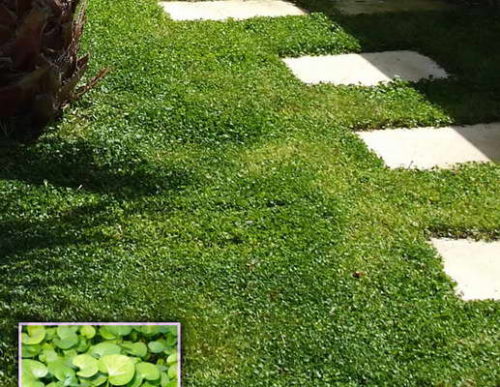
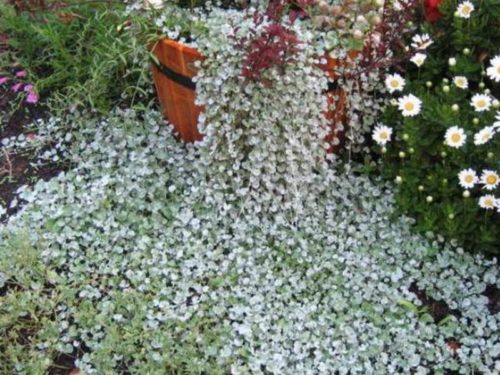
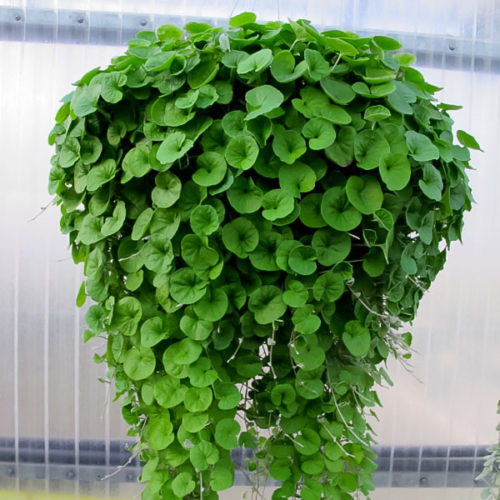
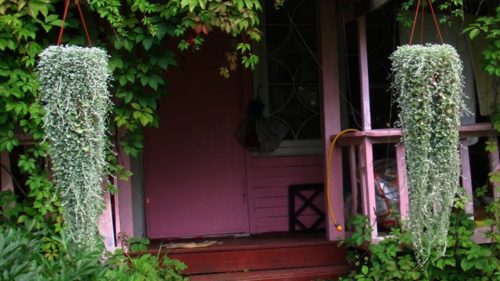
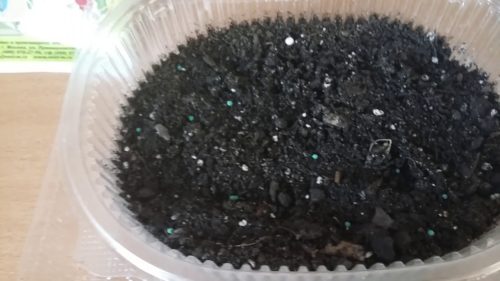
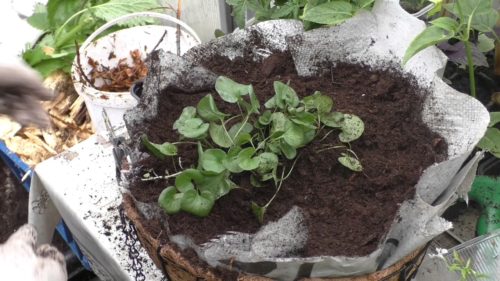
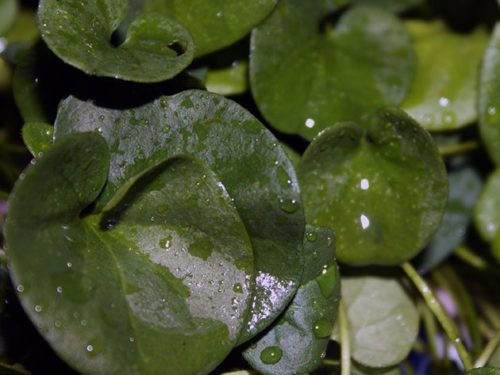

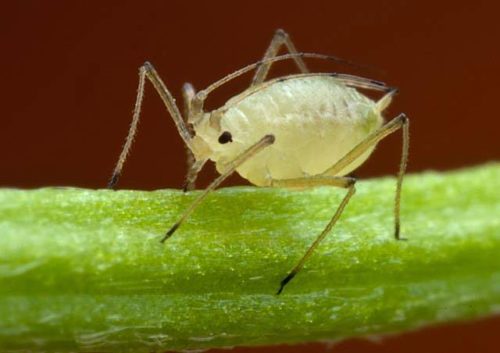
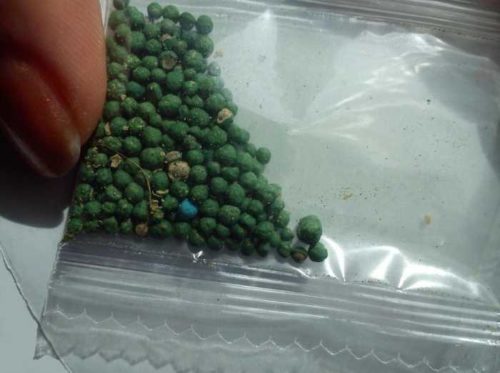
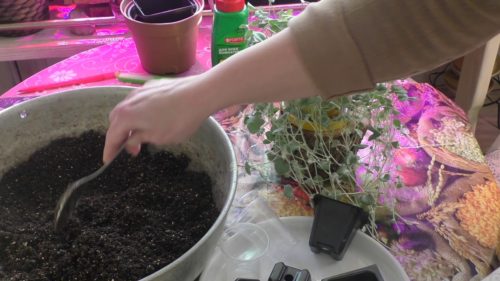
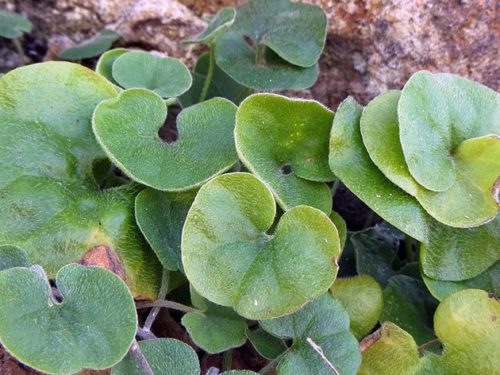

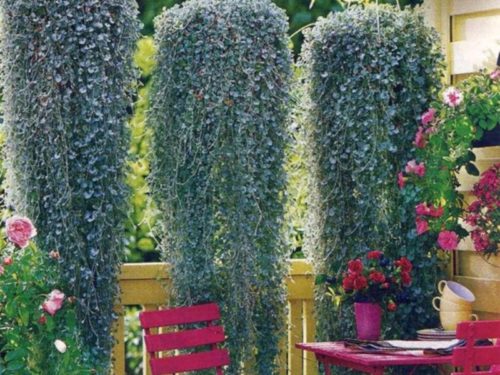
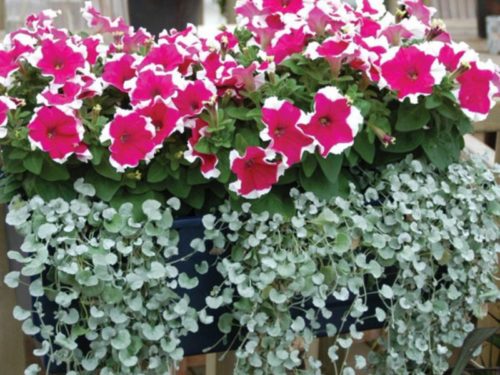
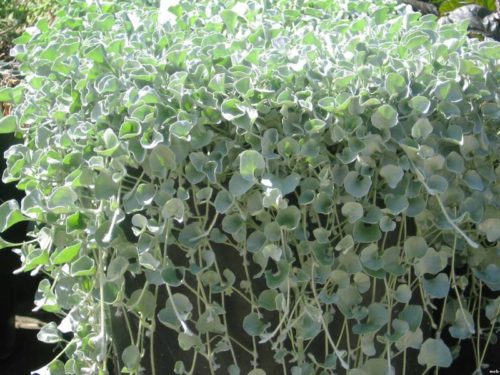


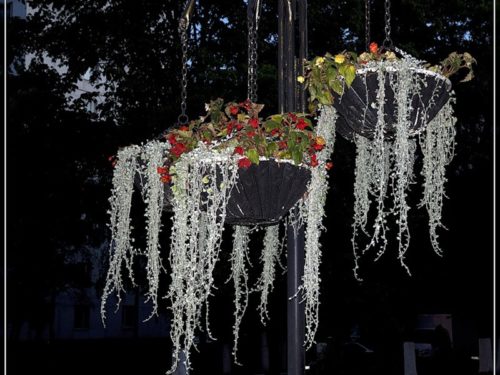

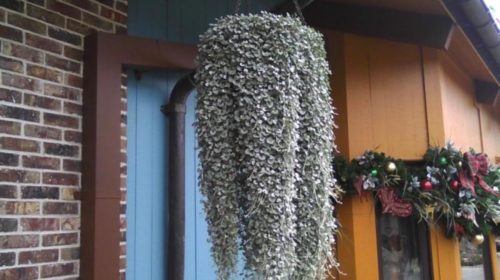

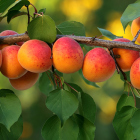
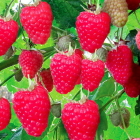
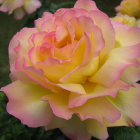
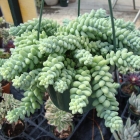
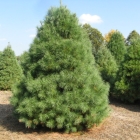
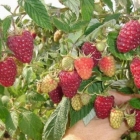
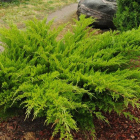
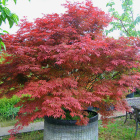
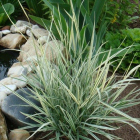
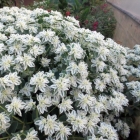
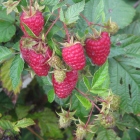
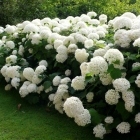
 Start a discussion ...
Start a discussion ...